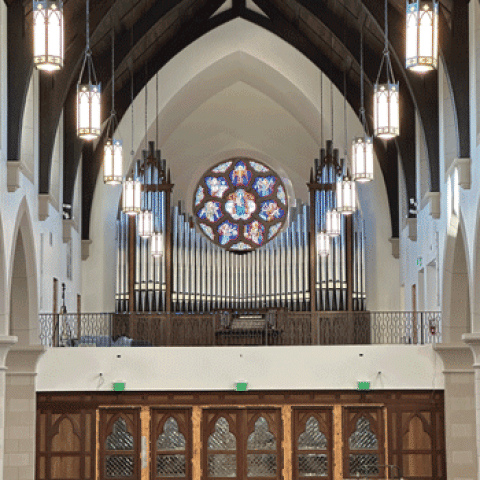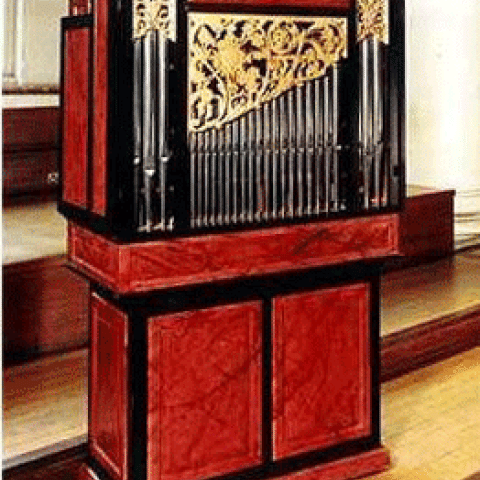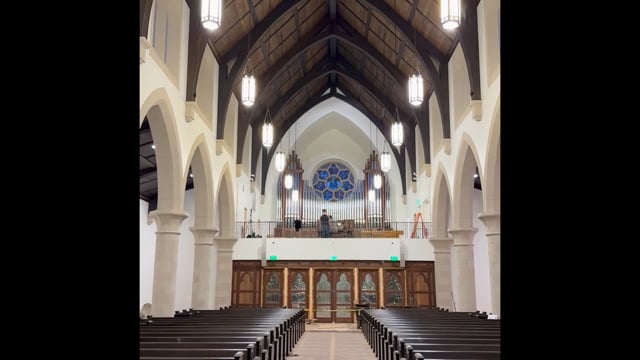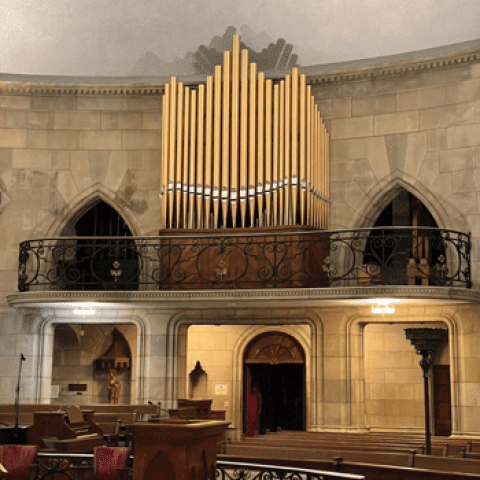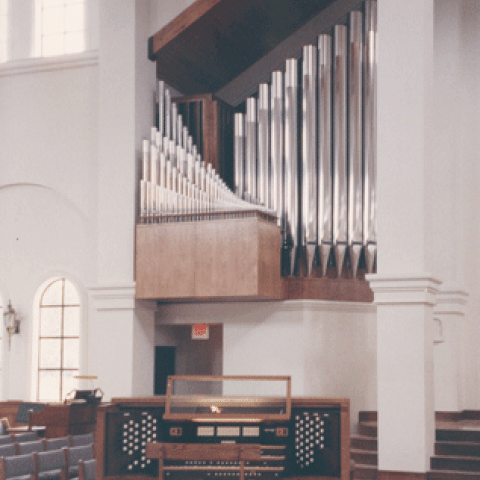
Kegg Pipe Organ Builders celebrates its 30th anniversary this year.
The company began building new pipe organs in 1990, and 2020 marks thirty years with project opera 64, 65, and 66 presently under construction. Opus 64 is a new 47-rank four-manual instrument for Christ the King Chapel at Christendom College in Front Royal, Virginia. Opus 65 is a new console and restoration of the California Organ Company/Reuter organ in the St. Francis Auditorium at the Museum of New Mexico in Santa Fe. Opus 66 is a new organ for Little Flower Church in St. Louis, Missouri.
Their story is the subject of the cover feature of the August issue of The Diapason, with photos and stoplists of representative organs along with their opus list.
For information: http://www.keggorgan.com/
Other recent organbuilder news:

